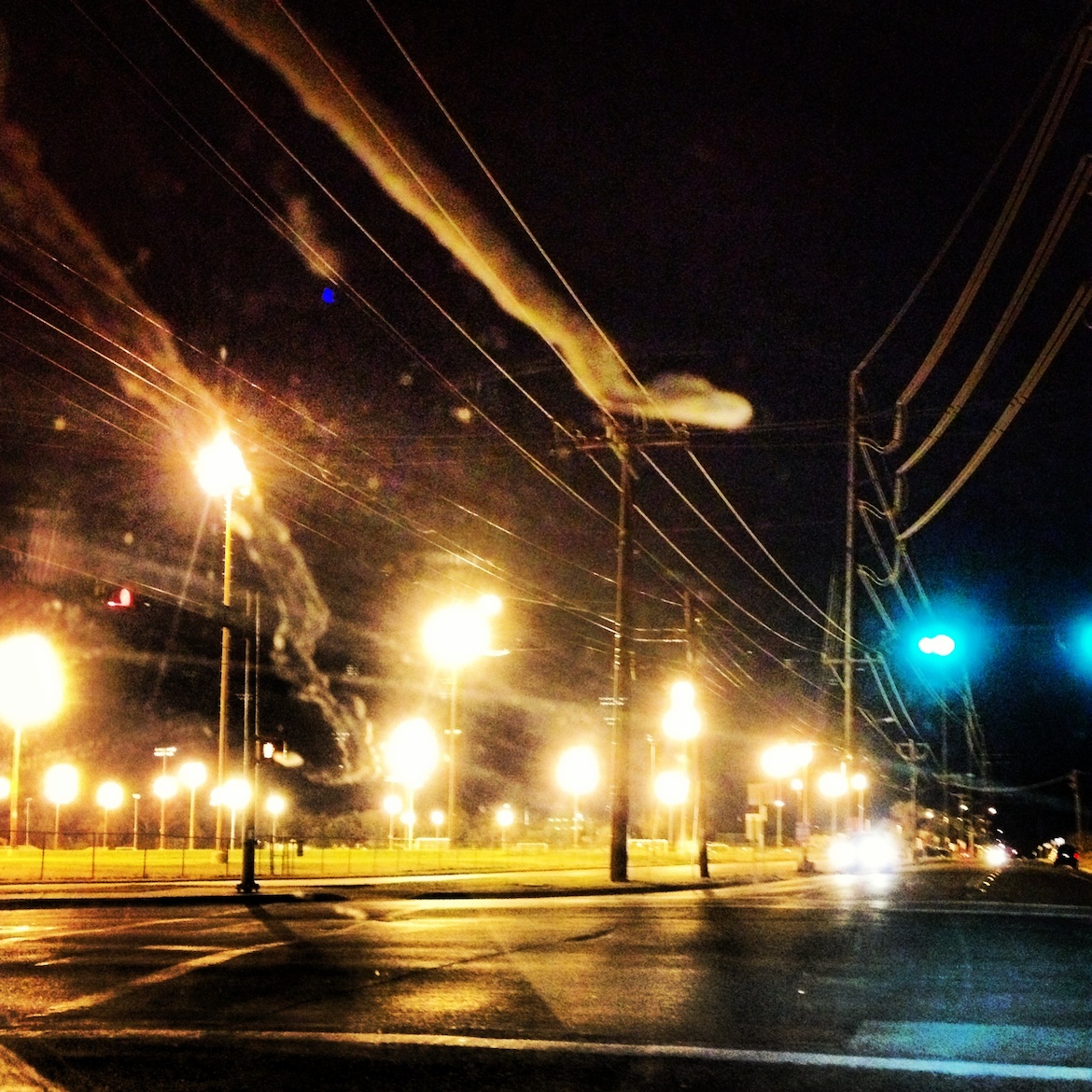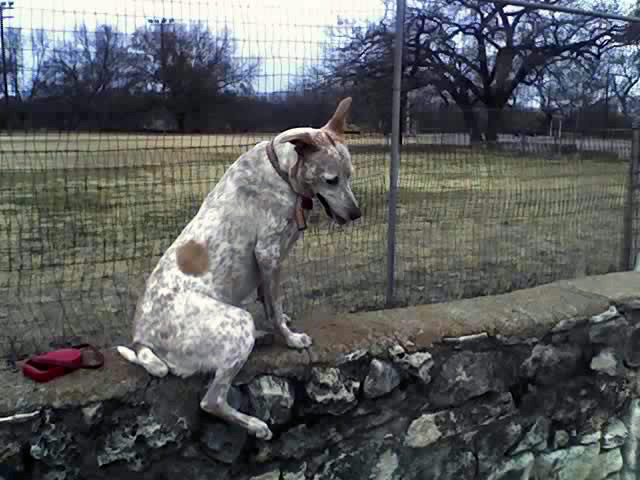Cultural theorist Jean Baudrillard wrote: “Abstraction today is no longer that of the map, the double, the mirror, or the concept. Simulation is no longer that of a territory, a referential being or a substance. It is the generation by models of a real without origin or reality: a hyper-real which is henceforth sheltered from the imaginary, and from any distinction between the real and the imaginary, leaving room only for the orbital recurrence of models and the simulated generation of difference.”
Artists work in semiotics now, trading in signs for things, rather than representing nature. Or they create hyper-realities that are simulations of things that never actually existed to begin with. This leads some pessimism, “marked by the loss of an organic relationship between experience and the representation of that experience.”
But there’s another person from which we can question why the natural world, or an authentic and pre-existing original, carries so much value.
We do not necessarily revere the painter who can most realistically represent an image; instead, we often value the deliberate or stylistic deviations from realism. That is where the artistry resides. Even with photography or image re-presentation, we look for the compositional or content choices made by the artist, rather than the perfect reproduction of reality. With re-presented images or readymade objects, artists find a way to offer personal expressions or cultural critiques through mediation, or recontextualizing a commonplace object. In video games, visual representation and sounds are secondary; these are elements from traditional media that are less relevant to video games than interactive systems, the differentiating aspect of the medium. It’s through the interactive systems–as related to the player’s agency–that we see the artistry in video games.
If we take this same line of thinking and we factor out the less valued, less characteristic aspects of human existence, treating it as a medium, we can distill it down to what is most germane, most sublimely unique…our emotional and intellectual responses, and our connections to one another.
The unorthodox question that follows is this: Might we be able to better experience, better appreciate these things in a fully simulated space? Again, if we ask why the real world should carry so much value, and we determine that the aspects of human existence that matter most are not related to the constraints of the real world, but to our intellectual and emotional responses, then we might agree that simulated reality is actually a better environment in which to be human.
Further, the nature of the real world is arbitrary; it’s the condition into which we’re born. Much of our experience with the real or natural world is about physical constraints, environmental vulnerability or resource scarcity. We share those things with animals and plants. Our emotional, intellectual and social capacity make us human; those are elements unique to humanity.
We might, paradoxically, have a truer experience swimming together through simulacra; an experience almost exclusively focused on the things that make us human, on the things that separate us from bacteria, shrubs or insects.
I don’t subscribe to this view, but it is not necessarily true that Baudrillard’s theories lead a pessimistic conclusion.










